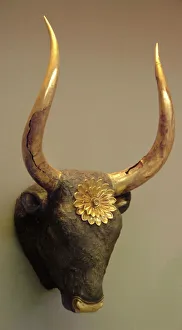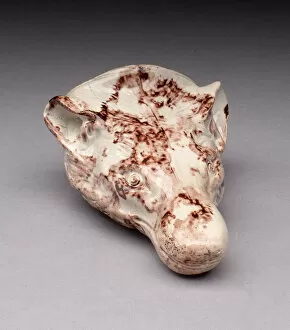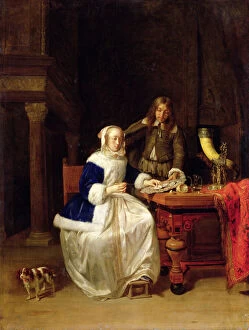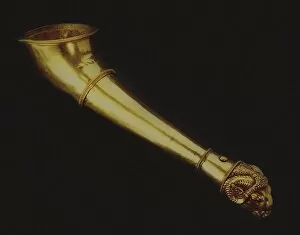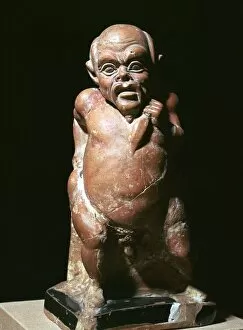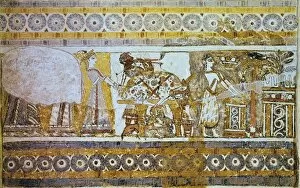Rhyton Collection
Rhyton: A Journey Through Art and Time From Mycenaean art in Greece to Persian-Achaemenid art in Iran
All Professionally Made to Order for Quick Shipping
Rhyton: A Journey Through Art and Time From Mycenaean art in Greece to Persian-Achaemenid art in Iran, the rhyton has been a fascinating vessel that transcends cultures and centuries. In ancient times, the silver rhyton took the form of a bull's head, showcasing the exquisite craftsmanship of Mycenaean artists. Its intricate details captured the strength and power associated with this majestic animal. Moving eastward, we encounter a golden rhyton adorned with delicate floral motifs in Persian-Achaemenid art. This masterpiece showcases the opulence and refinement of ancient Iranian culture. The Hagia Triada Sarcophagus takes us back to Minoan Crete during 1450-1400 BC. Here, we find an intricately carved rhyton depicting scenes from daily life - a testament to their belief in an afterlife filled with abundance. Fast forward to classical Greece, where drinking vessels took on whimsical forms such as donkey heads or sheep heads. The Painter of London E 55 and Painter of Leningrad 955 showcased their artistic prowess through these playful yet functional pieces. Not all rhytons were lighthearted though; some pushed boundaries like one crafted between 100 B. C. And A. D. 500 which featured a man with an exaggerated phallus as its focal point - perhaps symbolizing fertility or invoking laughter among revelers. As time progressed, even Staffordshire potters embraced this unique form by creating cups shaped like hair or foxes during the 18th century. These charming pieces added character to everyday objects while paying homage to earlier traditions. Beyond Europe's borders lies Egypt, where ceramic vessels featuring zoomorphic spouts captivated viewers from c. 1100 BC up until the first century CE. These imaginative creations merged human and animal elements seamlessly into functional works of art.

